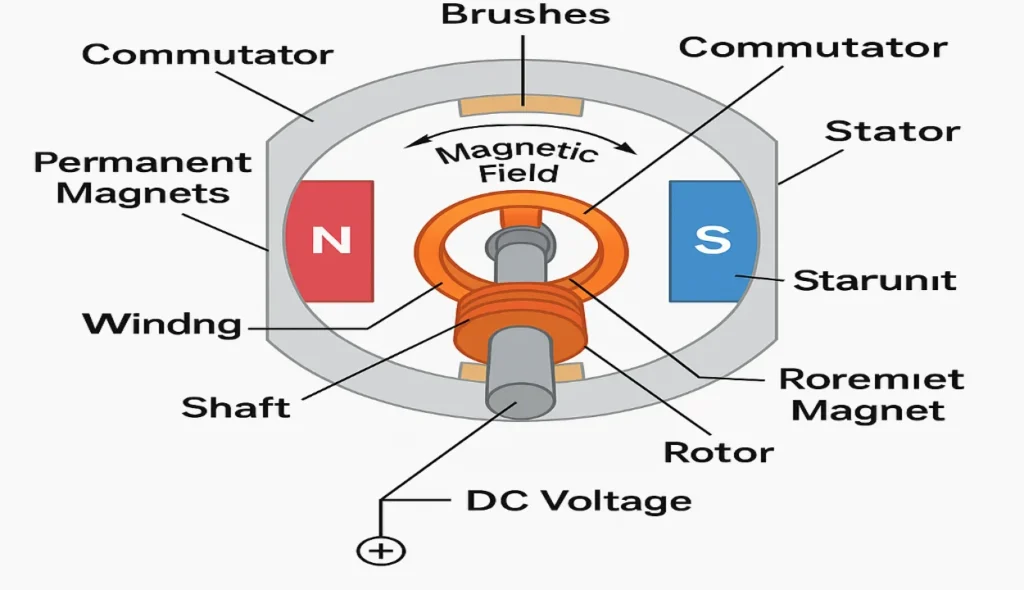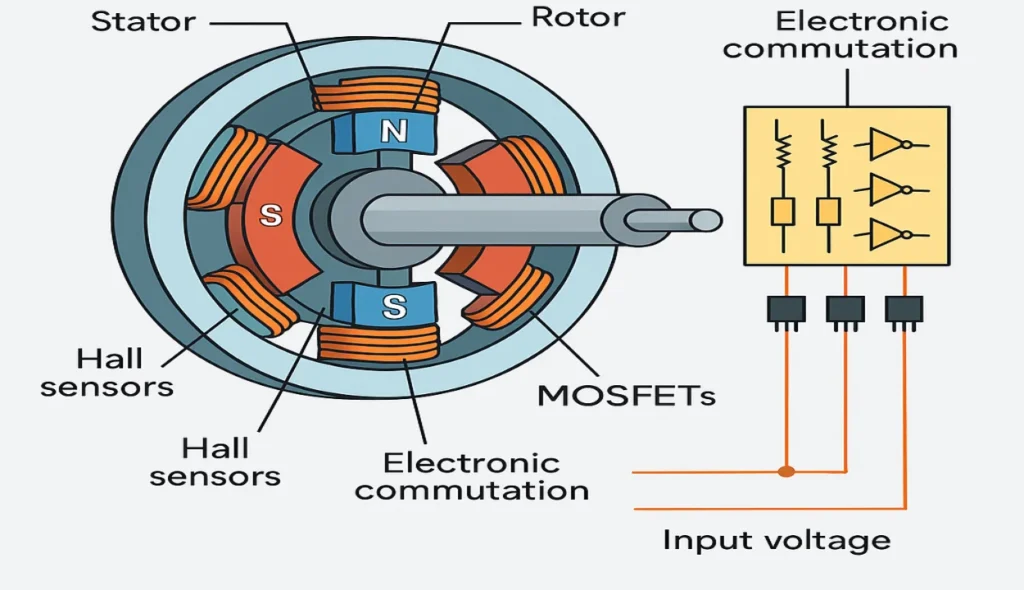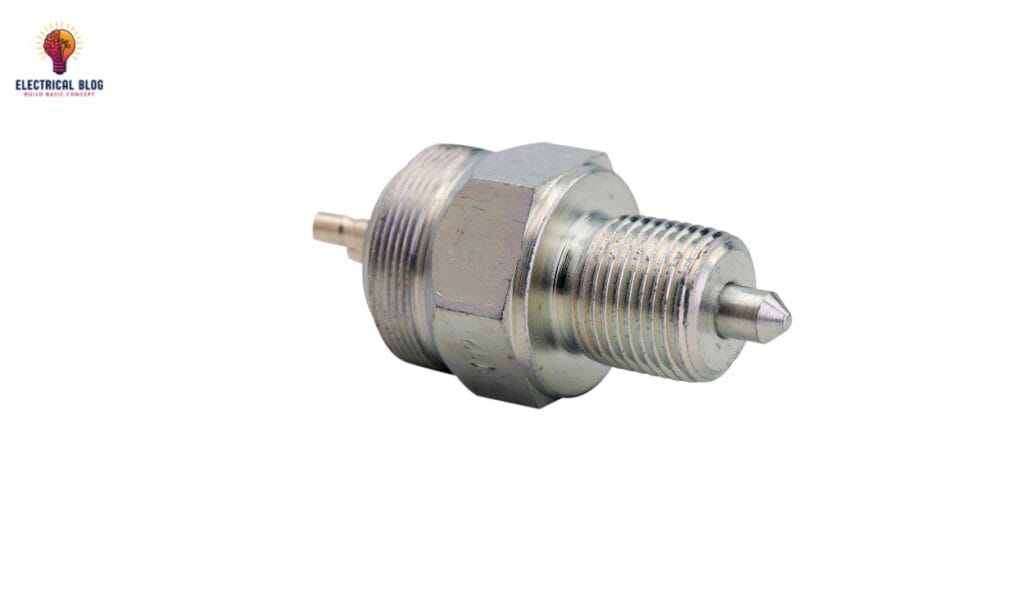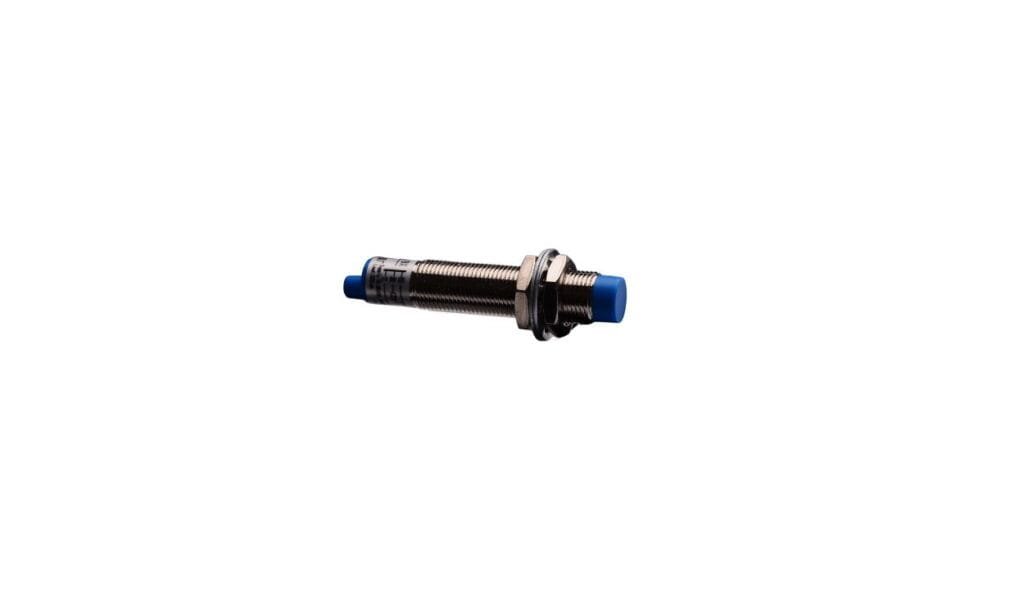Introduction
In my early projects working with DC motors, I had to choose between brushless and brushed types depending on application needs. I noticed that brushless motors, also called BLDC, use electronic control instead of mechanical commutation, making them ideal where precise position and speed are needed. Brushed motors, with their brushes and coils, are simpler and easier to implement, especially for basic applications.
Both motors work using the principles of magnetic attraction and repulsion that occur between the coil and the magnet. In brushless vs brushed Motors, brushless designs replace brushes to commutate electronically, brushed motors have magnets and brushes that cause the motor to spin. The advantages of each one are clear, but your requirements will determine which is used, as they are often controlled through different systems and used in varied applications.
DC Brushed Motor
These motors use coils of wire that are wound around an iron core, or sometimes a coreless design where the winding is self-supported. A shaft connects to the rotor, which is the rotating part, while the stator is the stationary part holding permanent magnets.
To make the rotor rotate, electrical current is passed through the coils, creating a magnetic field. The magnetic field engages with the magnets on the stator’s inner surface, causing the rotor to be attracted and repelled, which produces torque to power the motor. This continuous rotation is managed by a commutator and brushes.
The commutator, usually segmented, is mounted on the rotor, while the brushes are fixed to the stator. As the motor spins, the brushes make contact with the commutator, switching the direction of current in the windings. This switching keeps the field aligned correctly to continue movement.
Over time, mechanical friction causes wear on the brushes and commutator, which affects performance. I’ve had to replace carbon brushes many times, especially in larger applications. Though periodic maintenance helps maintain a good connection, eventually the parts must be replaced.
In simple setups, like small gadgets, you can apply DC voltage on and off to get the motor to spin in one direction. But when you need better control of speed, torque, or reversal, you’ll use an H-bridge made of transistors, IGBTs, or MOSFETs. This setup lets you modulate the pulse width and even change the polarity to run the motor in the opposite direction.
This method of facilitating control makes brushed motors still relevant despite wear and maintenance. They are used in many applications where advanced electronic systems can manage the switches and modulating needs. Understanding this helps in making the right motor choice for your project.

Brushless DC motors
When I first started using brushless DC motors, I was impressed by how smoothly they spin without a brush or commutator. Instead of physical contacts, they use electronic commutation to handle rotation, which reduces mechanical wear. This setup makes them more efficient, especially in high-speed applications.
The rotor sits at the center of a brushless motor and is typically fitted with permanent magnets, either on the inside or outside, based on the specific design. The stator holds coils and stays stationary, while the magnetic attraction and repulsion between the two make the rotor rotate. In outrunner designs, the outer casing rotates, delivering higher torque while using less current.
To control these motors, you need precise feedback from sensors like Hall sensors. They sense the rotor’s position to identify the proper order for delivering power. That information is processed by a microcontroller running a control algorithm.
Many systems now use Field Oriented Control (FOC), an algorithm that uses calculated rotor angle and current data to generate smoother waveform signals. This greatly improves performance, especially with sinusoidal or sine waveforms that reduce ripple and noise. FOC offers improved efficiency and more precise torque control compared to older block or trapezoidal techniques.
A waveform can be 120 degrees or 180 degrees, affecting how the motor phases interact. These waveforms are shifted and tuned based on polarity and pulses, depending on the poles and sections of the motor. Each pulse must be sent with perfect timing to achieve clean rotation.
The motors are powered by input voltage, often passed through half-bridge circuits. These circuits contain switches like IGBTs, MOSFETs, or bipolar transistors to handle direction and power flow. Depending on the desired output, each drive pulse can reverse polarity or increase speed.
In one of my drone builds, I used a star and delta motor configuration to compare results. The star offered better startup torque, while the delta was stronger at higher speeds. Both needed strong cooling, so I added fans and kept wires short for minimal resistance. You can also read about Torque Equation of a DC Motor.
The fields created by each phase must be aligned with the rotor’s position to maintain continuous drive. A small delay in feedback or wrong logic from the microcontroller can cause stalling or jerking. It’s this real-time syncing that makes brushless motors a bit costlier but far more capable.
Constructed with care, these motors handle heavy loads without the wear that brushed motors suffer from. They don’t have undriven windings thanks to active phase switching, and their electronic systems can adapt to load changes quickly. That adaptability makes them ideal for robotics, drones, and EVs.
From waveform shape to cooling methods, every detail influences the efficiency and performance. With no brush, they generate less noise and last longer with fewer parts to replace. It’s clear that while brushless motors need a more calculated setup, they deliver unmatched control and reliability.

Brushed vs. Brushless: A Quick Comparison Chart
| Feature | Brushed Motors | Brushless Motors |
|---|---|---|
| Cost | Lower initial cost, great for budget builds and basic devices. | Higher upfront cost due to advanced components, ideal for serious performance. |
| Maintenance | Needs frequent checks due to brush wear and friction. | Minimal maintenance, longer lifespan, and more reliable overall. |
| Efficiency | Energy loss from physical brushes reduces efficiency. | High-performance, minimal energy waste, great for electric vehicles. |
| Torque | Sufficient for light loads but less powerful for demanding tasks. | High torque, suitable for industrial use and payload lifting. |
| Noise | Louder operation due to contact with brushes. | Quieter, ideal for Environments where noise reduction is important. |
Brushed vs Brushless Motors: Advantages and Disadvantages
Lifetime
In brushed motors, mechanical wear is a big issue because the brushes and commutator slowly get worn. The carbon brushes are sacrificial, meaning they’re designed to be replaced periodically as part of a maintenance program. The soft copper in the commutator also wears down over time, affecting how the motor operates. Since brushless motors have no moving contacts, they don’t suffer from this kind of damage. This gives them a clear edge in terms of long-term use.
Speed and Acceleration
In brushed motors, speed and acceleration are limited due to brushes, the commutator, and the mass of the rotor. The core, made of laminated iron, adds rotational inertia, which slows both acceleration and deceleration rates. At elevated velocities, brush contact becomes inconsistent, resulting in heightened arcing. On the other hand, brushless motors use rare-earth magnets, which minimize rotational drag. This makes them more powerful, faster, and worth the extra cost in performance-demanding setups.
Electrical Noise
In brushed motor designs, the commutator and brushes act like an electrical switch that constantly gets opened and closed as the rotor spins. This switching causes arcing, especially when current is flowing through inductive windings, and it generates unwanted noise. That noise often gets coupled into sensitive circuits, causing issues. Using capacitors, RC snubbers, or placing components across the contacts can help, but instantaneous effects are hard to fully mitigate. I’ve seen this especially in compact builds where even small types of interference can disrupt signal paths.
Acoustic Noise
Brushed motors produce more mechanical noise and vibration, especially at low speeds, due to abruptly switched currents. This abrupt switching produces torque ripple, a kind of energy pulse that results in an uneven rotational sensation. In contrast, brushless motors gradually control winding currents, reducing noise as power is smoothly moved on and off. The result is more stable torque that is evenly generated across the rotation of the rotor. I’ve used this setup in camera gimbals where consistent motion and quiet operation really matter.
Cost
Brushed motors represent a well-established technology and are easier to produce, resulting in lower prices. Conversely, brushless motors need advanced electronics and a complicated driving system, resulting in increased total costs. While brushless motors lack brushes and a commutator, the use of microcontrollers adds to the price. Still, as volume grows in automotive and other applications, and electronics decline in price, brushless motors become more attractive. I’ve seen this shift myself as more clients now prefer brushless over brushed in high-demand setups.
Brushed vs Brushless Motors: Which Is More Efficient?
Brushless motors are more efficient because they use electronic controllers to manage power flow instead of physical brushes. This design eliminates friction and contact, which reduces wear, heat, and energy loss. As a result, performance improves and overall efficiency increases in demanding applications.
I’ve seen brushless setups in drones where battery life is a critical factor, and they outperform brushed counterparts. The cooler thermal output also enhances management, keeping systems running for longer operational times. Unlike brushed models that rely on electrical transfer via brushes, brushless is more valuable in modern tech.
Summary
Since around 2020, the adoption of brushless motors has grown due to better performance, lower costs, and improved reliability. In many applications, like pumps, fans, and power seats, they have replaced brushed motors that were traditionally used. These motors meet modern requirements and help reduce acoustic noise, especially while the car is running.
Still, in systems operated infrequently, such as windows or adjustment motors, brushed designs have remained. The reasoning is that the total run time is small and the chance of failure is very unlikely over the life of the motor. But as electronics continue to get cheaper, I’m seeing more brushless options finding their way into places held by brushed, even in high-end vehicles.


